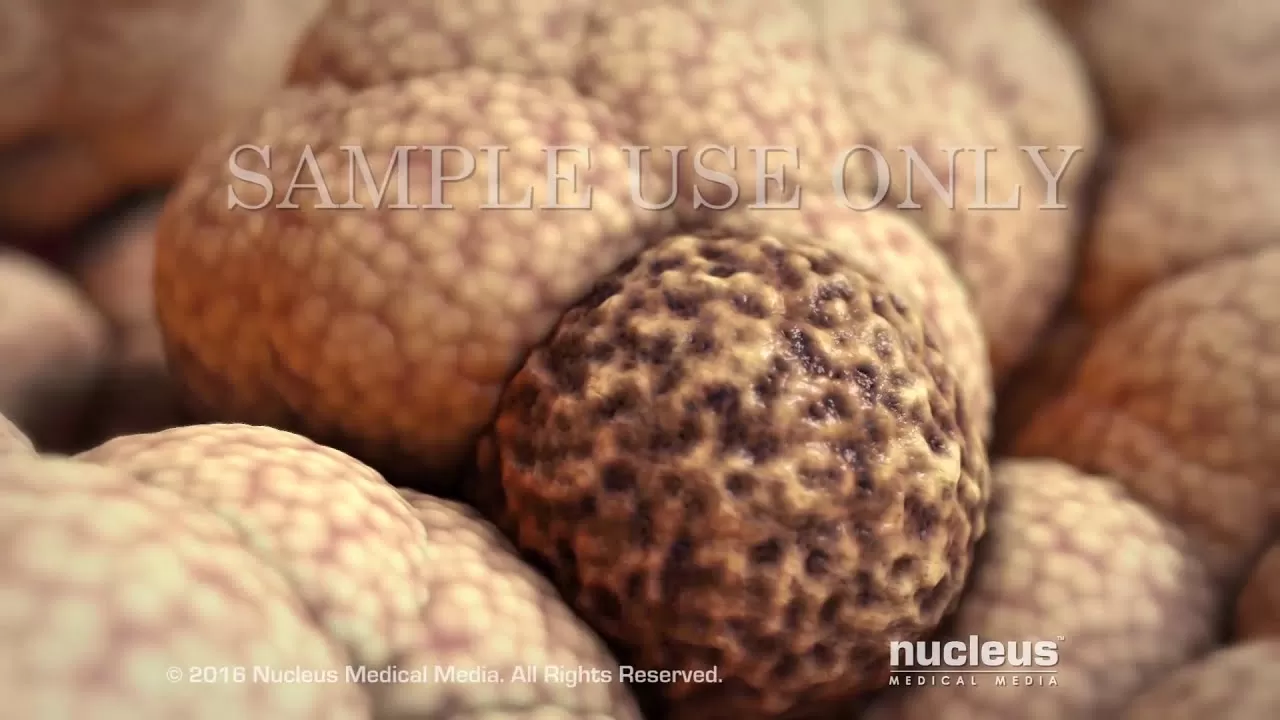Visit our website to learn more about using Nucleus content for patient engagement and content marketing: http://www.nucleushealth.com/ Learn about the signs and symptoms of prostate cancer. #prostatecancer #symptoms #nucleus You or someone you care about has been diagnosed with prostate cancer. This video will help you understand how prostate cancer affects your body. The prostate is a gland in men that makes part of the fluid in semen. It's found just under the bladder in front of the last part of the large intestine, called the rectum. The prostate wraps around part of the urethra, which is the tube that passes urine and semen out of the body. Most prostate cancer starts in tiny sacs within the gland that make prostatic fluid. Here, cancer cells form from gland cells that line the sacs. Over time, the cancer cells can multiply and form a malignant or cancerous tumor. However, most prostate cancer grows more slowly than other types of cancer. An important risk for prostate cancer is age. Prostate cancer is more common in men over the age of 65. Race is another risk factor. Prostate cancer is more common in African American men than in any other race. The risk is also higher in men whose relatives, such as a father or brother, have a history of prostate cancer. There are usually no symptoms in early prostate cancer. However, as the tumor enlarges the prostate, you may have the following symptoms-- difficulty starting urination; weak, interrupted, or painful urination; needing to urinate frequently, especially at night; painful ejaculation; problems getting an erection; blood in urine or semen; and pain or stiffness in the lower back, hips, or pelvis. Note that these symptoms may be caused by prostate enlargement that is not cancer. If you have prostate cancer, your doctor will need to determine the grade and the stage, or progression, of the disease. Each grade is based on how normal the prostate tissue looks under a microscope. The grading system for prostate cancer is called the Gleason grading system. In this system, samples of two main areas of the tumor will each be given a grade from one to five. The grades will be added together to give the cancer a Gleason score between 2 and 10. The higher the Gleason score, the more likely the cancer is to grow and spread to other areas. Each stage for prostate cancer is based on the amount of cancer you have and where it's found. The stages are numbered from I to IV. In stage I, the tumor has not spread outside the prostate. In stage II, the cancer is more advanced but is still only in the prostate. In stage III, the cancer has spread just beyond the outer layer of the prostate. And in stage IV, the cancer has spread into nearby tissues as well as more distant areas of the body. As you deal with a diagnosis of prostate cancer, continue to talk to your doctor and your cancer care team. ANH15157
Health topics

